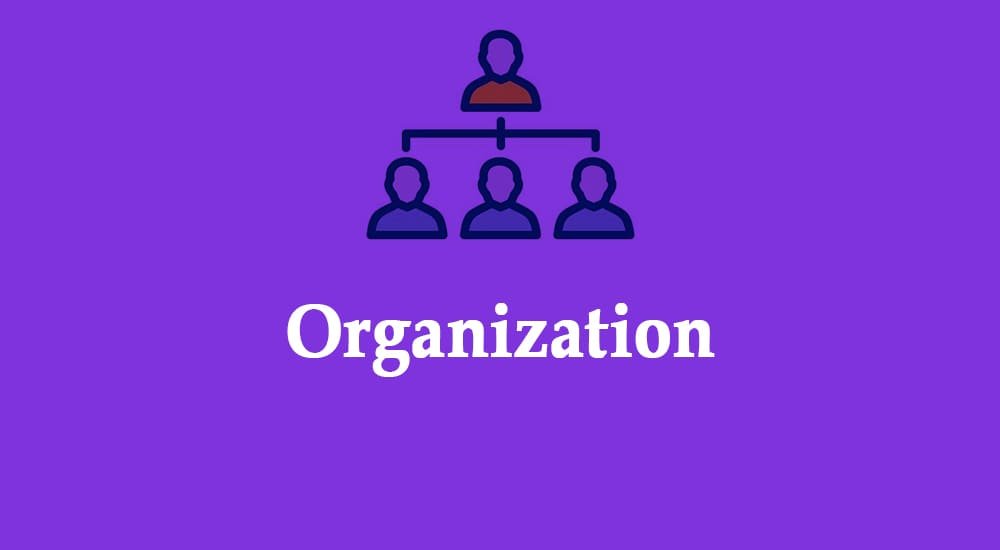Organizational change – This book covers the entire syllabus of “Leadership & Management” prescribed by the BNMC for Diploma in Nursing Science & Midwifery Students.
We tried to accommodate latest information and topics. This book is examination friendly setup according to the teachers’ lectures and examination’s questions. At the end of the book previous university questions are given. We hope in touch with the pook students’ knowledge will be upgraded and flourished. The unique way of presentation may make your reading of the book a pleasurable experience.

Organizational change
Organizational Change:
Organizational change may be defined as “the a process in which a large company or organization changes its working methods or aims” For example in order to develop and deal with new situations or markets.
Or,
Organizational change is both the process in which an organization changes its structure, strategies, operational methods, technologies, or organizational culture to affect change within the organization and the effects of these changes on the organization. Organizational change can be continuous or occur for distinct periods of time.

Types of Organizational Change:
❖ Coercive change
Coercive change is characterized by non-mutual goal setting imbalance power trait in ration & one sided deliberative ness.
❖ Emulative Change
Emulative change is fostered through identification with an emulation power figures.
❖ Indoctrination
Indoctrination uses mutual goal setting, has an imbalance power ratio and is deliberative. Subordinates are instructed in the beliefs of the power sources.
❖ Intersectional change
This is characterized by mutual goal setting, fairly equal power, but no deliberateness. Parties may be unconsciously committed to change one another,
❖ Natural change
These changes include accidents and acts of God. They involve no goal setting or deliberateness.
❖ Socialization
This has a direct relationship with intersectional change, One conforms to the needs of the social group. When there is greater deliberateness on the power side, change becomes indoctrination.
❖ Technocratie change
Change is brought about by collecting and interpreting data. A technocrat merely reports the findings of the analysis to bring about change,

Guidelines for Resistance Change in workplace:
1. Communicate with those who oppose the change. Get to the root of their reasons for opposition.
2. Clarify information and provide accurate feedback.
3. Be open to revisions, but clear about what, must remain,
4. Present the negative consequence of their resistance (threats to organizational survival, compromised client care etc).
5. Emphasize the positive consequences of the change & how the individual & or group will benefit.
6. Keep resistors involved in face to face contact with supporters. Encourage proponents to empower with opponents, recognize valid objections & relieve unnecessary fears.
7. Maintain a climate trust, support & confidence.
8. Divert attention by creating a different “disturbance”. Energy can shift to a “More important”. Problem inside the system, there by redirecting resistance.
Alternatively attention can be brought to an external threat to create a “bully phenomenon”. When members perceive a greater environmental threat (such as competition or restrictive governmental policies), they tend to unity internally.
See More:
